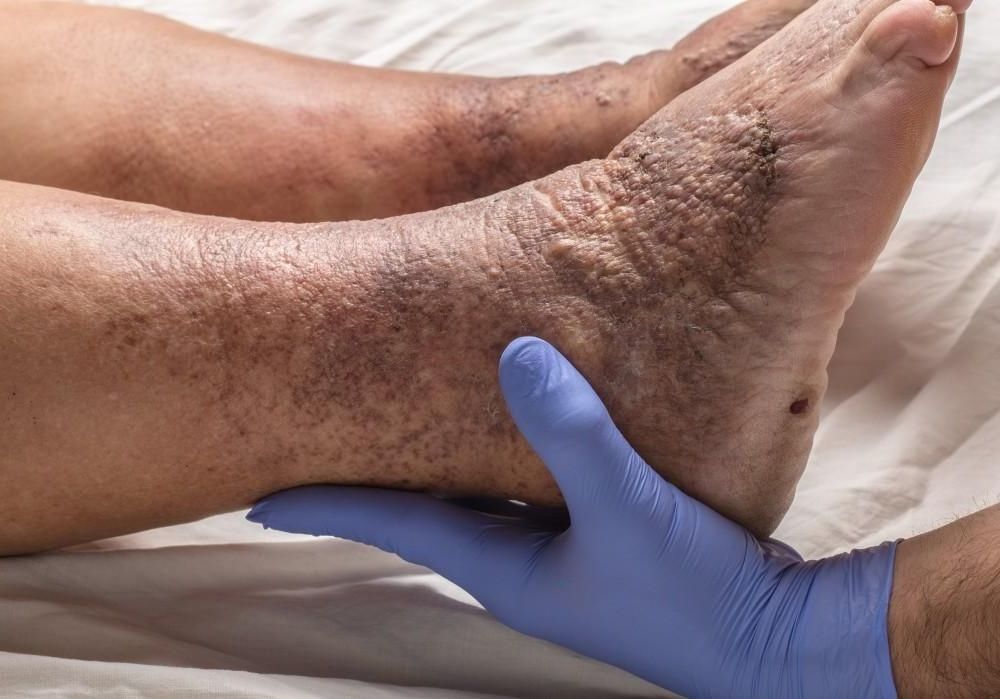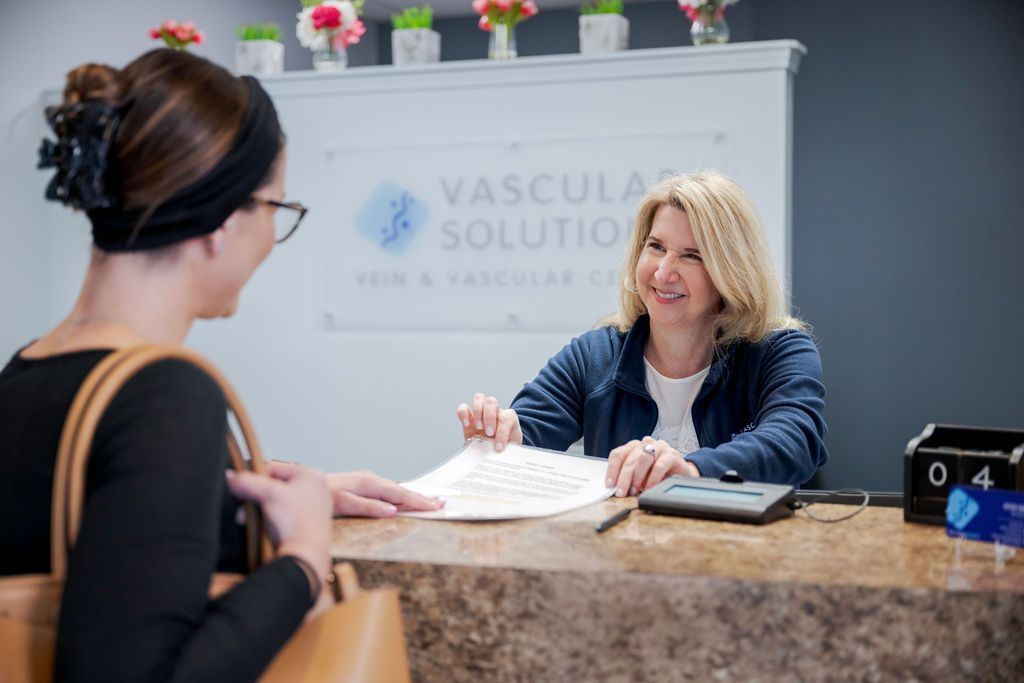
LEG PAIN
LEG PAIN & YOUR VEIN HEALTH
When leg pain occurs without injury, it could signal an underlying vein condition. As The Leg Vein Experts, we understand how persistent leg pain can affect your daily life. At Vascular Solutions in Charlotte, our board-certified specialists provide thorough evaluations to identify and treat the root cause of your leg pain.

UNDERSTANDING LEG PAIN
QUESTIONS & ANSWERS
WHAT VEIN CONDITIONS CAUSE LEG PAIN?
If you find relief by elevating your legs and experience increased discomfort with prolonged standing or sitting, you may have one of these common vein conditions:
Venous Reflux (Chronic Venous Insufficiency)
Think of your leg veins as a complex system of one-way pipes. Healthy veins contain small valves that keep blood flowing upward toward your heart. When these valves weaken, blood can flow backward (reflux), increasing pressure in your veins and causing blood to pool in your lower legs.
Expert Insight: Venous reflux is often underdiagnosed yet commonly causes:
- Varicose veins
- Ankle discoloration
- Leg fatigue and heaviness
- Evening leg cramps
- Persistent leg pain
- Leg ulcers in advanced cases
When vein pressure increases due to reflux, surface veins can become enlarged and twisted. These varicose veins appear as:
- Dark blue or purple bulging veins
- Raised areas without color changes (deeper veins)
- Twisted, rope-like vessels beneath the skin
This serious condition occurs when blood clots form in deep leg veins. Quick recognition is crucial as clots can potentially travel to the lungs. Key symptoms include:
- Sudden leg pain
- Noticeable swelling
- Localized tenderness
WHAT OTHER SYMPTOMS SHOULD I WATCH FOR?
Vein problems often create a cascade of symptoms beyond pain:
- Evening leg fatigue
- Persistent heaviness
- Itching or burning sensations
- Nighttime leg cramps
- Lower leg swelling
- Skin changes around ankles
- Slow-healing wounds near ankles
HOW DO VEIN SPECIALISTS TREAT LEG PAIN?
At Vascular Solutions, we create customized treatment plans based on your specific condition:
Comprehensive Solutions:
- Advanced minimally invasive procedures
- Venclose® thermal therapy
- VenaSeal™ adhesive treatment
- Varithena® foam procedure
- Targeted sclerotherapy
- Specialized phlebectomy
Expert Insight: While DVT requires immediate medical attention and blood-thinning medications, most vein conditions can be effectively treated with minimally invasive procedures that redirect blood flow to healthy veins.

TAKE THE FIRST STEP
Don't let unexplained leg pain impact your quality of life. Schedule your consultation with Charlotte's trusted leg vein experts to discover the underlying cause and explore your treatment options.


















